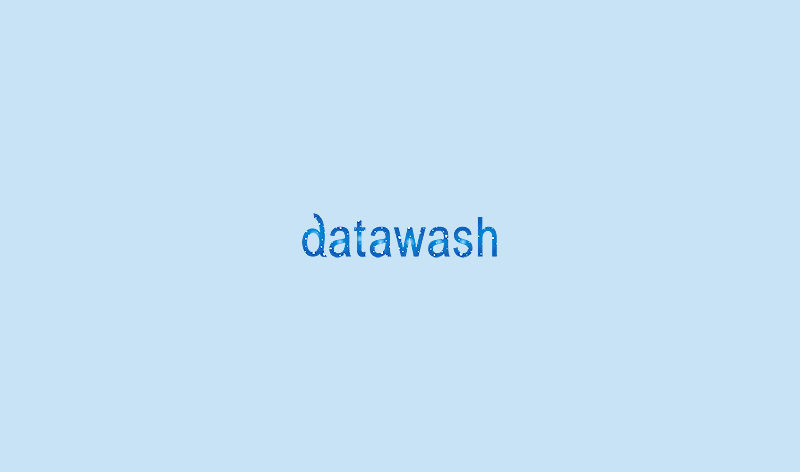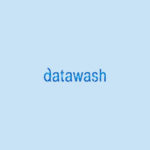
Over the last five years technology has brought us to new levels of digital marketing. It wasn’t so long ago an email was enough to capture the attention of its audience, however this is no longer the case with the use of many online tools now saturating the digital market. Pressing send on an email and hoping it reaches its intended recipient with surety it’s going to be read, isn’t always the smartest approach to business communication and marketing. We now have Facebook campaigns with lead generation; however there’s still no guarantee of a positive experience for businesses with Facebook’s ever changing algorithm.
YouTube, LinkedIn, Instagram, EDM, just to name a few, are all the tools used to influence and communicate with our clients and customers through our digital presence. Even still, this may not be enough to drive sales and win clients over your competitors. What truly makes a positive marketing experience is the content we build and create. Relying on digital marketing alone is not always the right path for your business and it’s important to consider your many options when planning your next marketing campaign.
Think about how many marketing emails you get in one day. What makes you open the email, read it, absorb it and engage with it or does it often land in your junk folder as spam? We all receive email, after email, businesses trying to get their message straight to our inbox with the hope of a lead, conversion and a sale, but what if there was an alternative that is actually pretty simple? Another option that might just be able to break through the barriers of digital marketing.
Direct mail, aka snail mail was once upon a time the only means of non-physical communication. Piles of mail that needed to be opened, sorted, distributed and filed, with many not even making it to its intended destination, it was crowded and the introduction of digital marketing was a welcome change.
Fast forward a few years and we’re now at the stage of an online marketing war. Businesses and their competitors are fighting for digital space and effectively it’s often not reaching ROI, good use of time or strategically beneficial to businesses in the long run.
Receiving mail these days can often be a welcomed experience. We might take the time to use our letter openers, check who it’s from and proceed to see what’s inside the envelope. Keep in mind that hand written addresses always have a higher open rate that printed (I find this fact so interesting, whereas 10+ years ago, a printed envelope was seen to be uber professional). The personal touch of a handwritten envelope may give the illusion that it’s from someone you already know, it can definitely encourage a successful opening rate and potentially put the reader in a good space/mood. A good start to promoting a positive experience with your reader!
We’re a generation that is constantly staring at our phones, iPads, laptops, PC’s you name it … reading a hardcopy, a letter, a piece of physical marketing material may be just enough to engage your audience, extending the 4 second attention span we have to promotions, entertainment etc on social media!
Getting your recipient’s details correct (the first time) doesn’t have to be your number one challenge when sending mail. Spend your time concentrating on the crucial creative marketing content and let Datawash ensure you’re not wasting business dollars on ‘lost mail’. Datawash will keep your database up-to-date, quickly identify customers who have moved and ensure their details have been changed accordingly. We can support you with ensuring that your phone number database is current, so when you’re following up with clients (after you’ve sent your fabulous offline marketing piece), you’ll be sure to get through to the right person.
Keep in mind there is always the option of combining the two, digital and direct mail. Try incorporating both options into your next marketing strategy.
The first marketing email was sent nearly 40 years ago by a marketer named Gary Thuerk from Digital Equipment Corporation. Thuerk sent an email promoting his company to roughly 400 people with an ARPANET address. While this first marketing email generated a huge spike in sales, it also led to what later became known as spam — unsolicited, unwanted messages sent en masse. (source: https://www.entrepreneur.com/article/295509)




